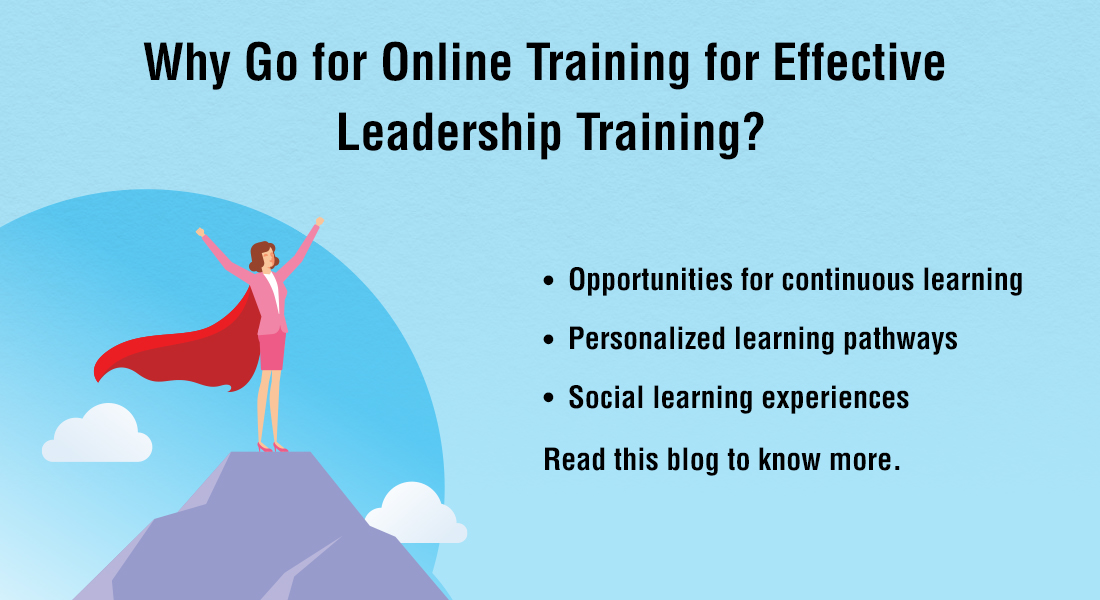5 Challenges of the Manufacturing Sector Online Training Can Resolve

What is the first thing that strikes you when you think of the manufacturing sector? Well, I can hear you say challenges! According to a recent survey report, the manufacturing sector is facing 5 major challenges in the form of staying updated with new regulations, bridging employee skill gaps, deriving new products, being compliant to environmental regulations and ensuring productivity. Though the solutions are versatile, you can give online learning a try. According to the National Association of Manufacturers, manufacturers contribute $2.17 trillion to the U.S. economy annually. It is evident that the manufacturing sector contributes a huge share to the US economy. And such a giant contributor is bound to face issues.
Here are the challenges they face and the solutions I have to offer. You can give them a thought before you decide to act on them.
Remain up-to-date with new regulations
I know the need for you and your employees to stay informed of the latest updates in regulations constantly haunts you. I agree when you say you have a lot of concerns to be taken care of, but being compliant with rules and regulations is as good as staying out of trouble. You may already be giving your employees doses of how they need to comply with the updated regulations. To make that training more engaging, you can create e-learning courses on new regulations and how it is going to impact the business. These courses can be deployed to employees who are affected by the changes. The best part of e-learning is that the courses can be created at different levels. For example, senior management might just need an overview while the operations team might have to approach it at a greater depth. This can be easily managed without additional costs in online course modules.
Bridge skills gap among employees
According to a collaborated report by Deloitte and the manufacturing institute, the next decade will see nearly 3.5 million manufacturing jobs getting filled up, and 2 million go unfilled due to the skills gap. Though this seems to be a serious concern, there is a way out of it. The new hires may be highly knowledgeable in their domain but they need to know the needs and demands of the manufacturing sector. Hence, you can give them some insights into how the manufacturing industry works, its strengths, weaknesses, concerns etc. Once they get the overview of the industry, they can be trained on the intricacies of their jobs. After initial classroom training sessions, you can introduce them to E-learning and train them on the work-related scenarios. For instance, if you want to train them on problem-solving skills, you can give them an online scenario and ask them to take a decision. Based on the decision they take, they will be routed to detailed explanation. In this approach, they learn through trial and error. If they think they missed the track, they can go back and opt for another option and look for the consequences. This way, scenarios give them an opportunity to fail in a well-guarded environment.
Design new products regularly
The fast-paced lifestyle of your customers constantly pressurizes you to come up with advanced and user-friendly products frequently. As customer needs and expectations from products have undergone radical changes in the recent past, it has raised the bar for the manufacturing sector, demanding it to be on its toes all the time.Designing a new product or innovating an existing one to offer enhanced solutions to your existing customers and creating a new customer base for your new products can be eased by accommodating online training modules. Imagine you explain the steps of product development such as assessing the problem or need, research, ideas, prototypes, final design, testing and manufacturing in a classroom session. You cannot expect your employees to perfect the various phases of product design right after the training. Short online modules that don’t rob your employees of their time can contribute to reinforcing the entire product development process by teaching one step at a time. This acts as a refresher of what they’ve learned earlier.
Stay up-to-date on new environmental regulations
Every time an environmental regulation is passed, you need to check whether you comply with it. It is not only you, but also your employees at all levels, who need to know about the consequences your organization can face in case they violate any of the environmental regulations. You can use visual media such as videos that have an appealing impact on viewers. A video that shows the consequences of disposing manufacturing waste into rivers can create awareness for environmental concerns. Similarly,a video on the best practices of managing waste can let your employees learn fast and better.
Ensure productivity with efficient equipment maintenance
An organization in the manufacturing sector needs to focus on the productivity of its employees and for that, it needs to have manufacturing equipment right in place.Unless the equipment is regularly serviced and calibrated; it can’t give the desired output. But, training your employees on the proper handling of manufacturing equipment doesn’t end in the classroom. You can further extend training by offering them maintenance tips on their mobiles, which they can readily refer, if they get stuck anywhere in the process of equipment maintenance.
Though, there is no perfect replacement for traditional classroom training, you can definitely consider online training solutions to overcome the challenges you face. These solutions may work well when aligned with your classroom training techniques. One key aspect common to all challenges is the need to update and educate employees on latest developments.Training is essential not just for the senior management or top level individuals of the company but for employees at all levels. Hope the tools and options available to use e-learning, mobile learning and other technological options shared in the blog; help you facilitate speedy knowledge transfer to counter the challenges.
Do share your views.





